Low-Emission Forklifts for Indoor Use [2025 Guide]

Kylian James
Marketing Engineer, Machinex Global
Table of Contents
Indoor operations like warehouses, retail distribution centers, and food storage facilities require machines that are powerful yet safe for people and products.
In 2025, low-emission forklifts have become the preferred choice for businesses looking to balance performance with sustainability.
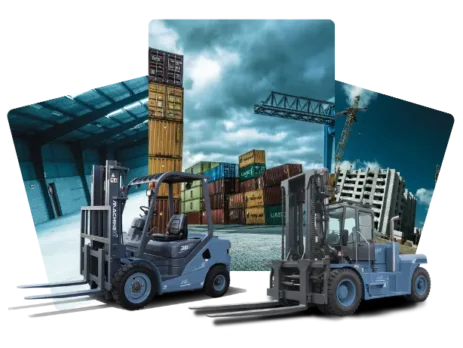
But with so many options on the market, how do you decide which forklift is right for your business? Let’s start with a quick comparison to understand why going low-emission indoors is the smartest decision.
Quick Comparison: Forklift Options for Indoor Use
| Forklift Type | Emissions Level | Best Suited For | Limitations |
|---|---|---|---|
| Diesel Forklifts | Higher (not ideal indoors) | Heavy-duty outdoor + mixed environments | Indoor use only if well-ventilated |
| LPG Forklifts | Medium (lower than diesel) | Warehouses with some ventilation | Still emits CO2, not fully green |
| Electric Forklifts | Zero emissions | Indoor warehouses, food, pharma, retail | Higher upfront cost, charging time |
| Hybrid Forklifts | Low emissions | Flexible indoor/outdoor use | Newer tech, fewer local dealers |
Why Low-Emission Forklifts Are Essential for Indoor Operations
Health and Safety
Diesel exhaust indoors can cause air quality issues and health risks for operators.
Low-emission forklifts, especially electric, keep the air clean and safe.

Compliance with Regulations
Many Middle Eastern and South American logistics hubs are tightening emission standards.
Investing in low-emission solutions future-proofs your operations.
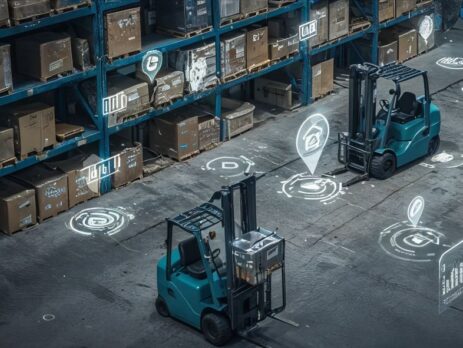
Lower Noise Levels
Indoor warehouses demand quiet operations. Electric forklifts operate almost silently, reducing stress for staff.
Brand Image and ESG Goals
Customers and partners increasingly value sustainability.
Switching to electric forklifts helps align with environmental, social, and governance (ESG) objectives.
Choosing Between Electric, LPG, and Hybrid Forklifts
Electric Forklifts
Pros: Zero emissions, lower maintenance, long-term ROI.
Cons: Higher upfront cost, need charging infrastructure.
Best for: Warehouses, cold storage, pharmaceuticals, and retail.
👉 If you’re considering a low-emission forklift for indoor use, electric is often the first choice.
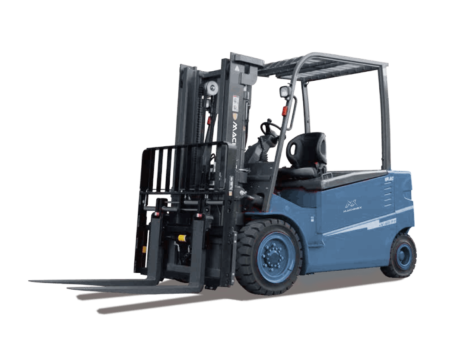
LPG Forklifts
Pros: More flexible than diesel indoors, refueling is quick.
Cons: Still emits carbon dioxide, not as clean as electric.
Best for: Mixed indoor-outdoor facilities with good ventilation.
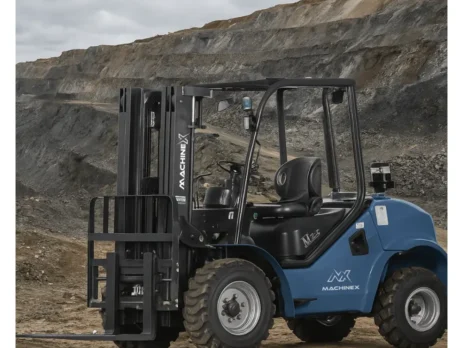
Forklift Asset Management: Maximizing ROI
Investing in a forklift is just step one. How you manage it determines your total cost of ownership (TCO). For indoor fleets, here’s what matters:
Telematics Integration: Monitor usage, downtime, and operator behavior in real time. Machinex forklifts come with advanced telematics for smarter decisions.
Maintenance Scheduling: Regular preventive checks ensure batteries and motors last longer.
Load Tracking: Smart sensors help avoid overloading, which reduces energy waste.
Fleet Optimization: By analyzing usage data, businesses can decide whether to add more electric units or mix LPG models for balance.
👉 Proper forklift asset management can reduce operating costs by up to 20% annually.
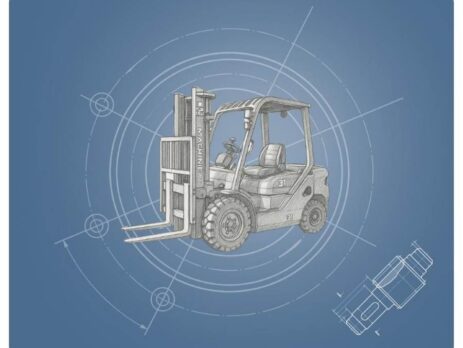
What About Diesel Forklifts Indoors?
Diesel forklifts remain the best diesel forklift brand choice for outdoor or heavy-duty use. But for indoor-only facilities, their emissions make them less ideal.
However, some businesses in Tanzania, Saudi Arabia, and Brazil still use diesel forklifts indoors when:
The facility is well-ventilated.
The loads are too heavy for electric alternatives.
Operations demand long continuous hours without downtime.
👉 Even then, the global shift is clear: low-emission forklifts are becoming the backbone of indoor logistics.
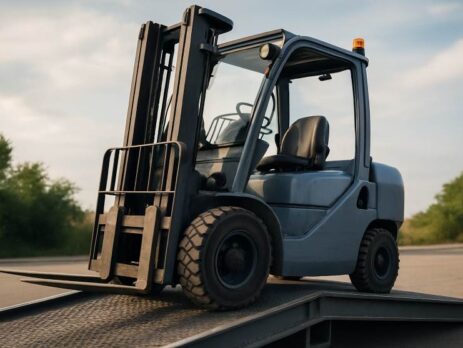
Why Machinex Leads in Low-Emission Forklifts
Electric & Hybrid Solutions: Machinex offers new electric forklifts for sale with lithium-ion technology — fast charging, zero emissions, longer life.
Affordable Pricing: Typically 20–30% lower than premium global brands.
Telematics & Safety: Real-time monitoring, collision alerts, and stability control ensure safer indoor operations.
Global Support: Faster delivery and spare parts access in the Middle East, South America, and Africa.
Dealer Opportunities: Flexible dealership models to expand access in emerging forklift markets.
FAQs – Low-Emission Forklifts for Indoor Use
Q1: Are electric forklifts really cost-effective indoors?
A: Yes. While the upfront price is higher, savings on fuel, maintenance, and downtime make electric forklifts more cost-effective over time.
Q2: How does LPG compare to electric forklifts?
A: LPG forklifts are cleaner than diesel but not zero-emission like electric. They work well in semi-ventilated indoor spaces.
Q3: Can I manage my forklifts better with asset management systems?
A: Absolutely. With Machinex telematics, you can track usage, optimize fleet size, and extend machine lifespan.
Q4: Why not just use the best diesel forklift brand indoors?
A: Diesel is powerful, but emissions and noise make it less suited for indoor environments. Low-emission options are safer for operators and comply with future regulations.
Final Thoughts
Indoor operations in 2025 demand forklifts that are clean, quiet, and efficient. While diesel forklifts will always have their place outdoors, low-emission forklifts for indoor use — especially electric and hybrid models — are becoming the smarter choice.
At Machinex, we deliver more than machines. We deliver safety, savings, and smarter performance — all without the premium brand markup.
If you’re exploring options for your warehouse, cold storage, or logistics hub, contact Machinex today to learn why our low-emission solutions are powering the future of indoor operations.
